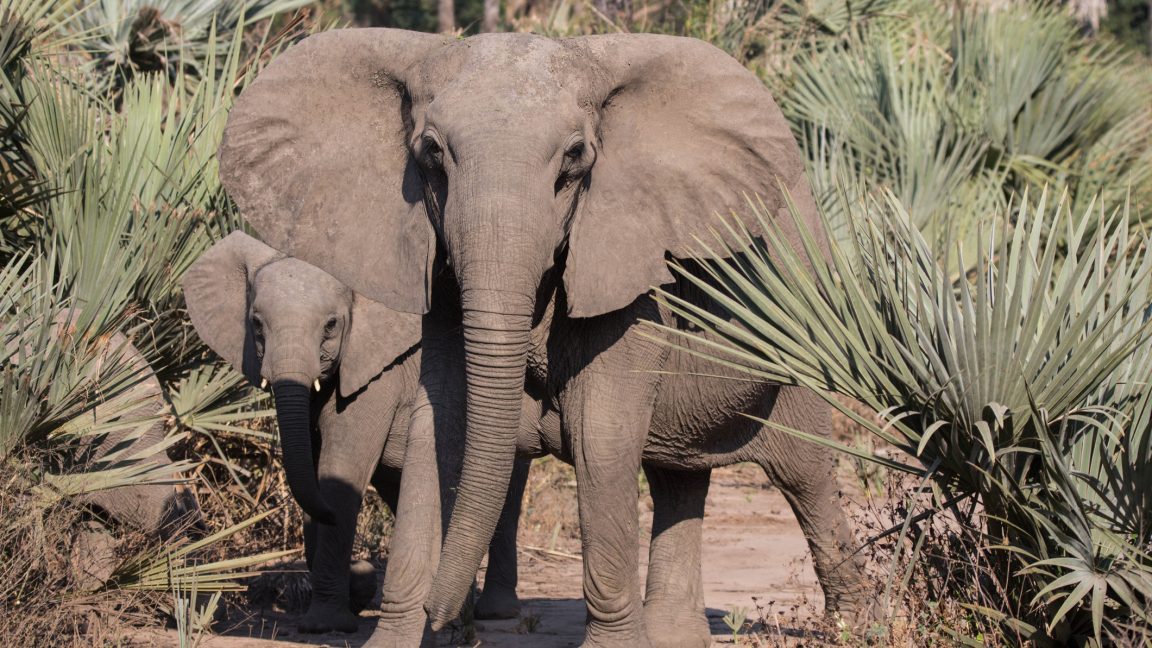New Research Reveals Larger Animals Get More Cancer, But Rapid Evolution Can Mitigate This Risk

- Larger animals are more prone to cancer due to their increased number of cells.
- Rapid evolution can mitigate cancer risk by allowing species to develop anti-cancer mechanisms.
- Birds and mammals that reach large sizes quickly have lower cancer rates.
- Humans evolved to their current body size relatively rapidly, which may explain their cancer prevalence.
- Understanding how species evolve cancer defenses can inform human medicine and cancer treatment.
Introduction to Cancer and Body Size
For decades, it was believed that larger animals would have a lower incidence of cancer due to their slower pace of life. However, new research suggests that this is not entirely accurate. In fact, larger species face higher cancer risks, but the rate at which they evolve to reach their size plays a crucial role in determining their cancer prevalence.
The study found that birds and mammals that reached large sizes more rapidly have reduced cancer prevalence. This is because rapid evolution allows these species to develop mechanisms that mitigate the risk of cancer, such as lower mutation rates or enhanced DNA repair mechanisms.
Evolutionary Mechanisms and Cancer Risk
Larger bodies often evolve, but not as quickly in groups where the burden of cancer is higher. This means that the threat of cancer may have shaped the pace of evolution. Humans, for example, evolved to their current body size relatively rapidly, which could explain why they have a similar cancer prevalence to bats, despite their differences in size and lifestyle.
Understanding how species naturally evolve cancer defenses has important implications for human medicine. The naked mole rat, for instance, is studied for its exceptionally low cancer prevalence, and researchers hope to uncover new ways to prevent or treat cancer in humans by studying this species.
Implications and Future Research
The findings of this study raise new questions, particularly regarding the differences in regenerative abilities between species. Amphibians and reptiles, for example, did not show the same pattern of reduced cancer prevalence in larger species that evolved quickly. This could be due to their unique regenerative abilities, which involve lots of cell division and may increase the risk of cancer.
Putting cancer into an evolutionary context has allowed researchers to reveal that its prevalence does increase with body size. Studying this evolutionary arms race may unlock new insights into how nature fights cancer, and how humans can do the same.